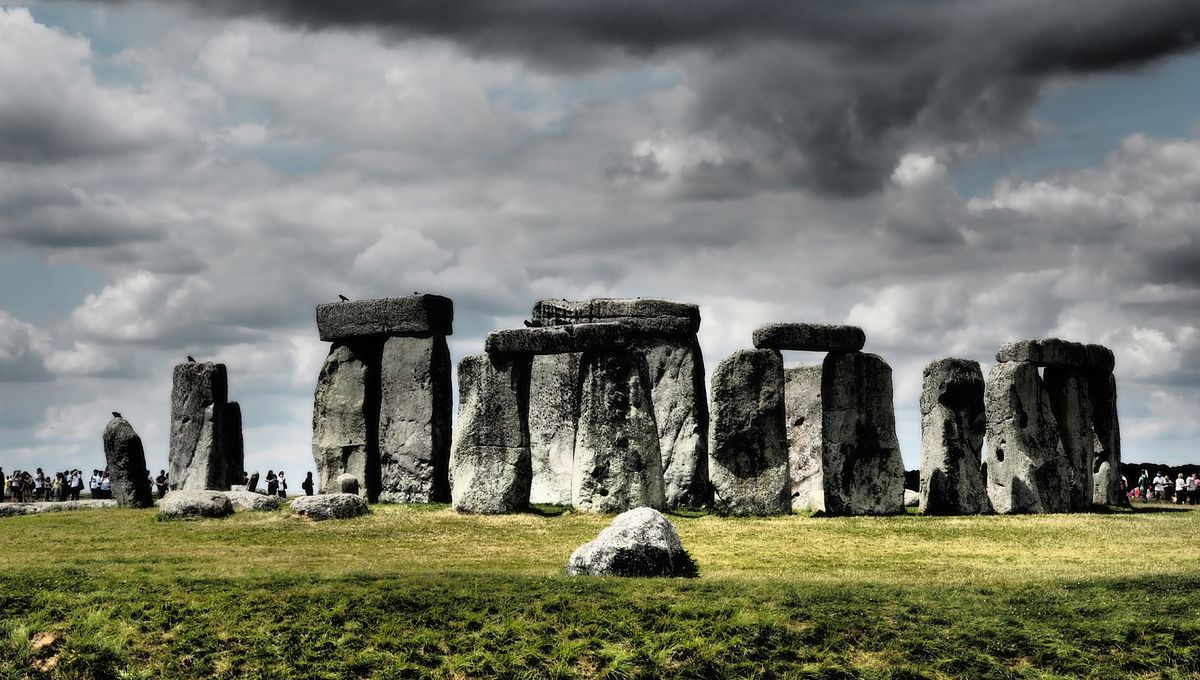
Despite weighing around 25 tons each, the enormous sarsen stones of Stonehenge were somehow transported over incredible distances when the monument was constructed almost 5,000 years ago. The majority of these colossal monoliths came from a spot known as the West Woods, around 25 kilometers (15.5 miles) from the site itself, yet new research has identified fragments of sarsen stone that originate an incredible 123 kilometers (76.4 miles) away in East Sussex.
Sarsens are silicified sandstone boulders that are found in the open chalk hills of southern England. They are the building blocks of several of the most iconic structures at Stonehenge, including the Trilithon Horseshoe, the Sarsen Circle, and the Station Stone Rectangle.
While the smaller (yet still massive) ‘bluestones’ that make up the inner circle are well known to have come from the Preseli Hills in Wales, the sarsens’ origins weren’t confirmed until 2020, when the chemical composition of all but two of the gigantic rocks was matched to source material in the West Woods. Interestingly, the two anomalous sarsens – known simply as Stones 26 and 160 – are yet to be traced.
To gain more insight into the provenance of these huge stones, the authors of a new study analyzed the chemical composition of 54 samples of sarsen debris retrieved from excavation trenches at Stonehenge in 2008. Using techniques such as X-ray fluorescence spectrometry (pXRF) and inductively-coupled plasma mass spectrometry (ICP-MS), the researchers discovered that none of these fragments matched entirely with the West Wood sarsens.
Comparing their findings with data from sarsen outcrop areas across southern England, the study authors were able to link 15 of their samples with specific locations.
“Eleven of these were likely sourced from Monkton Down, Totterdown Wood and West Woods on the Marlborough Downs (25–33 km north of Stonehenge),” write the researchers. “Three fragments likely came from Bramdean, Hampshire (51 km southeast of Stonehenge), and one from Stoney Wish, East Sussex (123 km to the southeast).”
These results indicate that the fragments were not produced during the processing of the main West Wood sarsens, although it’s unclear if they represent material removed from the outer surfaces of Stones 26 or 160. The debris may also have belonged to other sarsen stones that once stood at Stonehenge but have since been removed or dismantled.
“At this stage, we can only speculate on the reasons why sarsen stone from such diverse sources is present at Stonehenge,” write the study authors. Among the many possible explanations is that these fragments were once pieces of hammerstones that were used in the construction of the famous landmark.
Alternatively, these foreign stones may have been part of small rocks that were brought to the site for ceremonial purposes.
The study has been published in the Journal of Archaeological Science: Reports.
Source Link: Iconic Sarsen Stones Of Stonehenge May Have Come From 120 Kilometers Away